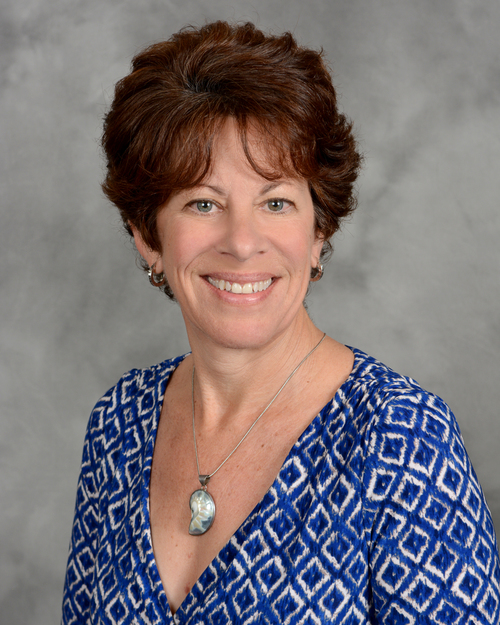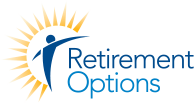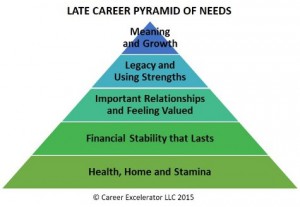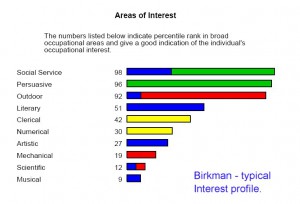
As Retirement Coaches, we understand the importance of a whole life approach to success and fulfillment after retirement, and we help our clients to examine their level of preparedness and take actions to create the optimal planning for them.
For the 51% or more of people who think about working later than they are eligible for Social Security and Medicare, we also assist them in thinking through what they will find meaningful and challenging. At this writing only 20% approximately, actually do keep working later.
This article describes new data about the value of work from multiple perspectives, including physical aspects of youthfulness that show up in our brains from significant challenge, and allow some of us to be considered “super-agers”.
Though work is not right for all retirees, I, like many of you, have realized that when clients have a pathway and permission to keep working in new ways, they have another choice to consider for enriching life and happiness. The chart below, adapted from Maslow, shows that work can be a source for satisfaction in the basic as well as higher needs in life.
(Chart of categories of life that are important after retirement)
Logically, if 51% of clients may think about working “late”, 1 of every 2 clients we serve will be interested in this possibility. However, for some the “old retirement” scripts are still in their head emotionally, and clients can feel like they are missing out on the reward for a life of work – as in, not having to do it anymore. So many of my clients start out with a deep desire to have a break from the drudgery of work, and they are looking for relief. To help them make good decisions and figure out whether to work, and the, what, how and why, I have four strategies for our coaching work with these clients.
1) Help them see that Work is not a “four-letter word” once you reach retirement age! It’s the time where they actually can fully embrace the range of options that match their style, preferences and skills. We can use data to help people see that work does not need to mean a full time job anymore. My colleagues and I who are members of a group called New Workforce Hawaii have published a free book called Work Future, which shows that many ways of working such as freelance and internships are now growing a great deal, for the youngest (millennial) and oldest (us!) workers. You can find it here www.phyllishorner.com.
2) Share with them the recent TIAA CREF Voices of Experience data about what active engagement looks like. You can find it here. TIAA CREF Voices of Experience Executive Summary. The chart shows the types of activities engaged retirees engage in. Using this data as a beacon, it can help a person or couple contemplate their preferences to tailor a plan that includes a lot of activity (9 or more is ideal) in their life.
3) Add a personality assessment to your coaching. I use the Birkman Assessment which shows natural matches for various careers and interests, based on the US Dictionary of Occupational Titles (DOT). This helps clients focus on work (paid or otherwise) as a means to happiness while retired. I use this in conjunction with the life options assessment. This encourages rekindling of old passions and areas for new learning.
4) Share with them the new data on Super Aging which is coming out of the neurophysiology departments at leading universities around the world. This exciting new data shows that at 80, we can cultivate the brain health of someone several decades younger through our lifestyle choices. How can people become superagers? By significant increases in activity in the limbic system of the brain regions. These areas increase in activity when people perform difficult tasks, physical or mental. A great article by Lisa Feldman Barrett, Gray Matter, in the New York Times, Dec. 31, 2016, showcased research on this topic which says “use it or lose it” means more than Sudoku or brain training games. She shows that people need to keep challenging ourselves significantly as we age, vs. giving in to the natural tendency to avoid unpleasant situations.
Physical proof that vigorous mental and physical challenge keeps us young (through MRIs) exists. How does work fit in? Well, it’s shown that when our brain regions get stronger through increased activity, we tend to feel pretty bad – tired, stymied, or frustrated. We must expend enough effort that you feel some “yuck”. See the links below for more information at:
What Does it Take to be a Super-Ager
Using one or more of the above data sources, I have found success with clients who are looking for logical reasons to share with their family and friends for continuing to work beyond the need for money. The data above adds to the tools we have already in our coaching toolkits. With all of you, I share the goal is to help clients with active aging, living life to the fullest in spirit, mind and body. Working Late is one strategy to feed mind, soul and body after “retirement”. I’m interested to know of your opinions and any other strategies you are finding effective. You can contact Phyllis Horner, Career Excelerator LLC at newgoldenyears@gmail.com.




